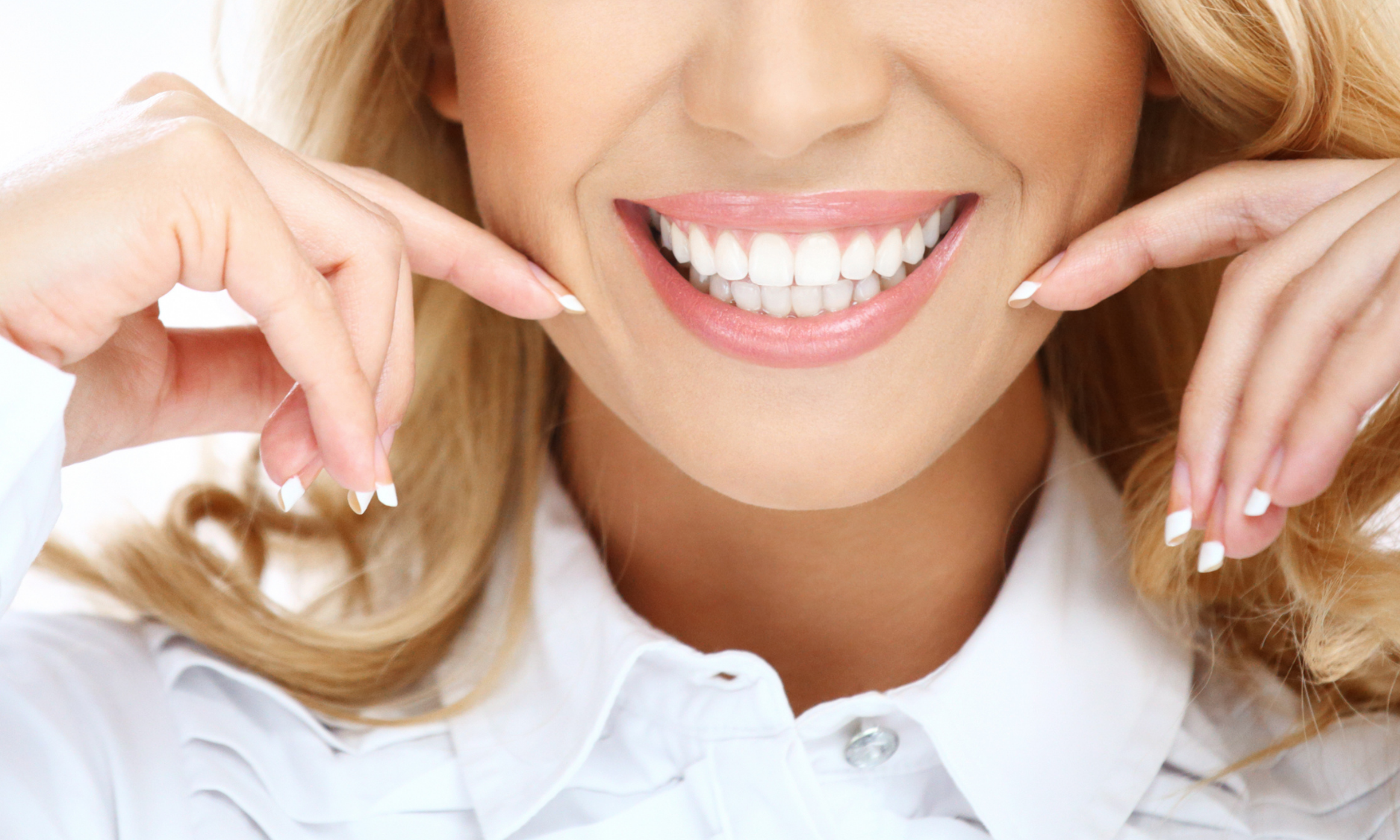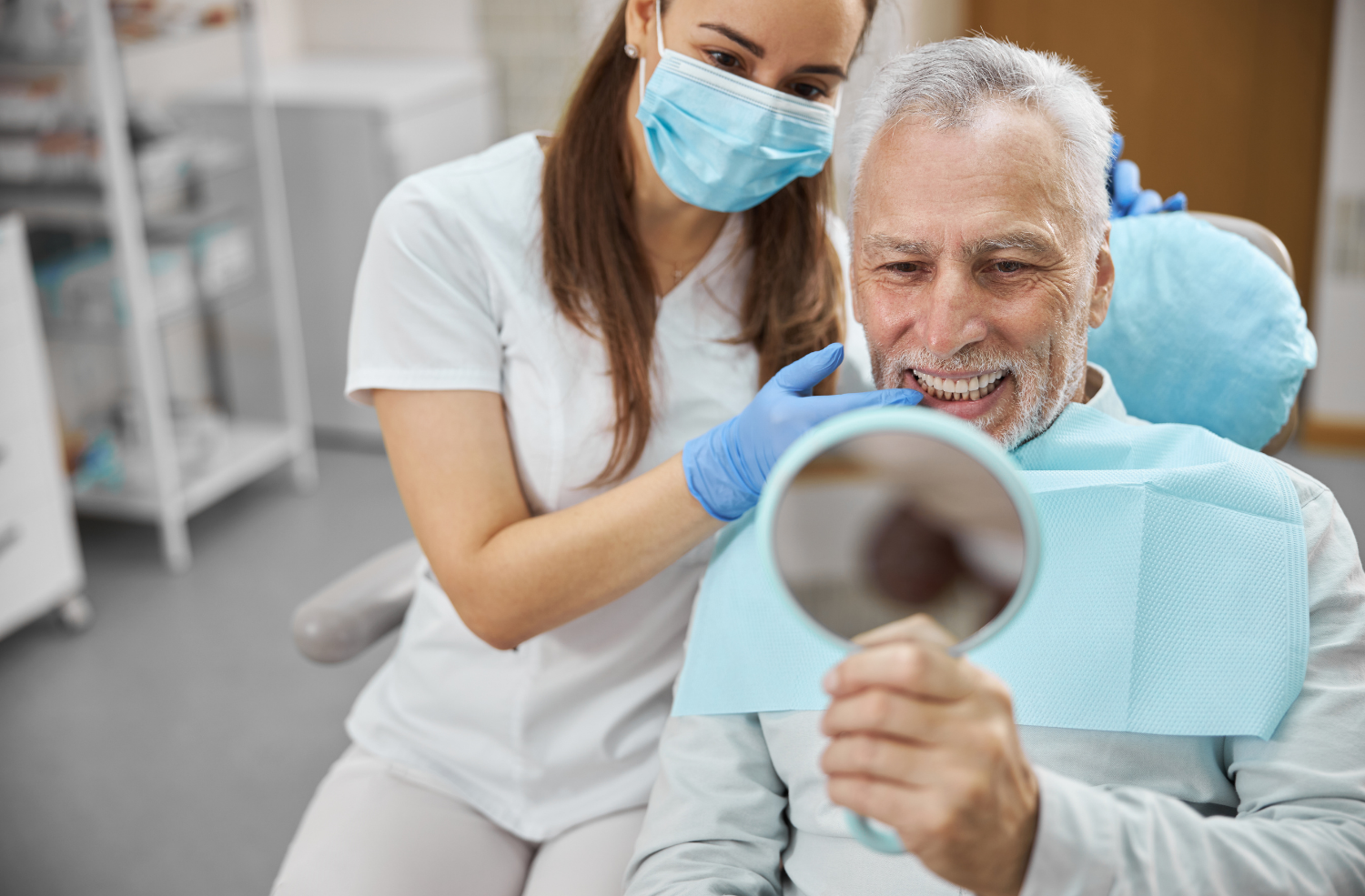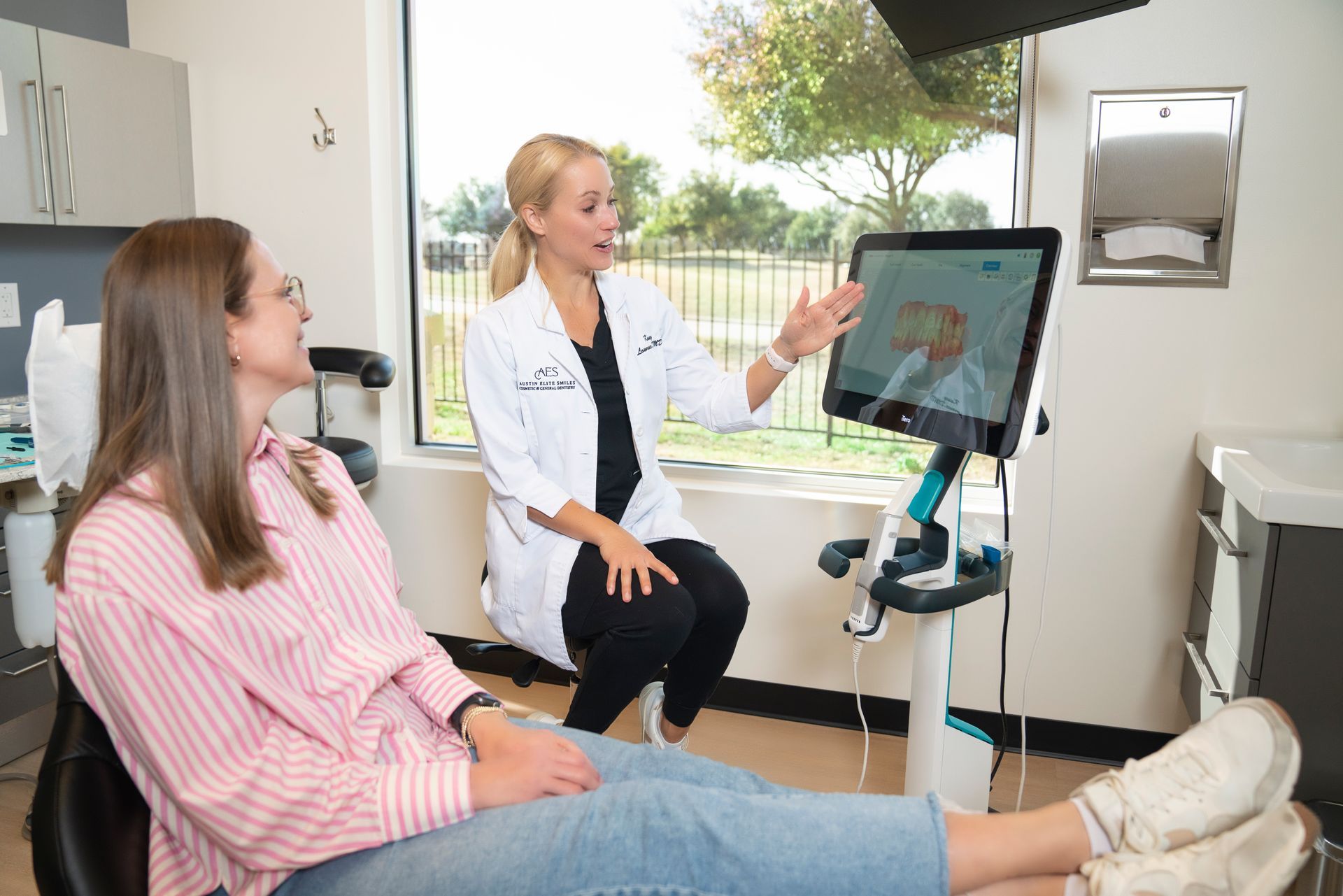Got Misaligned Teeth? Here's Everything You Need to Know
Key Takeaways
- Misaligned teeth are common and can affect how you bite, chew, speak, and feel about your smile.
- Causes of misalignment include genetics, habits like thumb sucking, injury, and natural changes with age.
- Some natural methods, like tongue posture and retainers, can help maintain alignment, but professional treatments, like Invisalign or braces, are needed for bigger changes.
- Signs of misalignment include an uneven bite, jaw tension, and teeth that shift or wear down unevenly.
- Teeth can be realigned with expert care. Early check-ups and treatment can prevent future problems and improve both function and appearance.
Got Misaligned Teeth? Here's Everything You Need to Know
Misaligned teeth, also known as malocclusion, can affect how a person smiles, chews, speaks, or feels about their appearance. Some notice crowding or shifting over time, while others deal with crooked teeth that started in childhood. These changes can lead to discomfort in the jaw, uneven wear on teeth, and challenges with oral hygiene.
Many people start looking for answers when they feel a difference in how their bite fits or when they want a more balanced smile. Understanding what causes teeth to move out of place and what options are available can help in making the right decision. From natural methods to professional treatments, there are ways to improve alignment at different stages in life.
What Are Misaligned Teeth and Why They Matter
Misaligned teeth happen when teeth are not in their proper position. This can mean they are too crowded, too far apart, or don’t line up when the mouth is closed. Some people may have one or two teeth out of place, while others may have issues with how their top and bottom teeth meet.
Misaligned teeth can be corrected with the right treatment. Dentists and orthodontists use several tools to move teeth into better positions. The most common options include clear aligners such as Invisalign, traditional braces, and retainers. In some cases, jaw surgery may be needed, but only for more serious alignment problems.
Improvements in Misaligned Teeth Can Occur Over Months
Treatment time depends on the method and how much the teeth need to move. Some people see changes in a few months, while others may need one to two years. A retainer is often used afterward to keep the teeth in place.
Straightening the teeth can improve how the jaw works and may slightly change the shape of the face or jawline. These changes are usually subtle but can make the mouth and face look more balanced. Crooked teeth can make the jaw work harder, which may lead to discomfort or uneven wear. Fixing the alignment often helps ease that stress.
Most cases of misalignment, or malocclusion, do not fix themselves over time. Teeth usually continue to shift, which can make the problem worse. Getting help early often means simpler and faster treatment.
There are different types of misalignment:
| Type | Tooth Position | Bite Impact | Common Appearance |
|---|---|---|---|
| Crowding | Crowding Teeth overlap or twist due to lack of space | Hard to clean, may cause uneven bite | Crooked, overlapping teeth |
| Spacing | Extra gaps between teeth | Can affect speech and food trapping | Visible spaces between teeth |
| Overbite | Upper front teeth extend far over lower teeth | Can cause wear on lower teeth, jaw discomfort | Upper teeth cover much of the lower teeth |
| Underbite | Lower teeth sit in front of upper teeth | May affect chewing, speech, and jaw function | Lower jaw looks more forward |
| Crossbite | Some upper teeth sit inside the lower teeth | Uneven wear, risk of jaw shift | One side of the bite looks “off” or misaligned |
| Open bite | Front teeth don’t touch when back teeth close | Trouble biting into food, may affect speech | Gap between top and bottom front teeth |
Misaligned teeth can make it harder to chew, speak, or clean your teeth well. They can also lead to jaw pain or changes in how your bite feels. In some cases, the jawline or face shape may look different because of how the teeth are positioned. These changes can affect confidence and may also lead to dental problems over time.
Causes of Misaligned Teeth
Teeth can become misaligned for many reasons. Some people are born with them, while others notice changes later in life. Knowing the causes can help explain why teeth shift and what can be done to manage it.
Genetics
Tooth and jaw alignment is strongly influenced by inherited traits. Genetics can affect how the jaw grows, how many teeth a person has, and how those teeth come in and fit within the mouth. Sometimes, a person inherits a jaw that is too small or teeth that are too large, which can lead to crowding (teeth overlap) or spacing (gaps between teeth).
According to Journal Pediatric Genetics studies, several specific genes that play a key role in how teeth and facial bones develop. These includes:
- MSX1 (Muscle Segment Homeobox 1)
This gene helps guide the early stages of tooth and jaw development before birth. If MSX1 doesn’t work properly, a person may have missing teeth (called hypodontia) or issues with how the jaw forms, which can affect alignment.
- PAX9 (Paired Box Gene 9)
PAX9 also controls how teeth form, especially molars (the large chewing teeth at the back of the mouth). Changes in this gene can lead to missing molars or teeth that don’t come in the right way, which may result in misalignment.
- RUNX2 (Runt-related Transcription Factor 2)
This gene helps build the bones of the face and skull, including the upper and lower jaw. If RUNX2 doesn’t work correctly, the jaw may be underdeveloped, leading to a poor fit between the upper and lower teeth, known as malocclusion (a misaligned bite).
Oral Habits
Certain repeated actions during childhood or even adulthood can lead to changes in how teeth grow or where they move over time. These habits apply constant pressure on the teeth or jaw, which can slowly change their position.
- Thumb sucking or finger sucking: When done past early childhood, this can push the front teeth forward and affect how the upper jaw develops. This often leads to an
open bite (where the front teeth don’t touch) or an
overbite (where the top teeth stick out too far).
- Tongue thrusting: This happens when the tongue pushes against the front teeth during swallowing, speaking, or even at rest. The constant pressure from the tongue can move teeth forward and cause spacing or bite problems.
- Prolonged pacifier or bottle use: Using a pacifier or bottle past age 3 can create similar effects as thumb sucking. It interferes with how the upper and lower jaws grow and how teeth erupt (come in), increasing the risk of crowding or bite misalignment.
- Mouth breathing: Breathing through the mouth instead of the nose, often due to allergies or nasal issues, can lead to changes in tongue posture and jaw growth. Over time, this can result in a narrow upper jaw, crowded teeth, or even a misaligned bite.
These habits may seem small, but when repeated daily over months or years, they can create lasting changes in the mouth.
Injury or Trauma
Physical injuries to the face, mouth, or jaw can directly lead to misaligned teeth. One of the most common causes is a jaw fracture. When the jaw breaks and heals unevenly, it can shift how the upper and lower teeth fit together, which often results in bite problems or jaw discomfort. Even when the fracture is treated, small differences in healing can change how the teeth line up.
Tooth loss due to trauma, such as from a fall, sports injury, or car accident can also lead to alignment issues. When a tooth is knocked out or severely damaged, the teeth next to the empty space may begin to shift toward it.
Over time, this movement can cause crowding or unwanted gaps. In children, trauma to the mouth can also interfere with the development of permanent teeth, especially if baby teeth are pushed into the gum or damaged.
Soft tissue injuries, like damage to the lips, cheeks, or gums, can also affect how the teeth grow or move. If swelling or scar tissue changes the natural balance in the mouth, it may lead to long-term bite or spacing problems, especially in growing children.
Age-Related Changes
Teeth naturally shift over time, and both children and adults experience different changes in alignment as they age.
Childhood
As children grow, their teeth and jaws develop together. When baby teeth fall out too early or stay too long, it can disrupt the way adult teeth come in. If a baby tooth is lost before its time, nearby teeth may shift into the space, leaving little room for the permanent tooth to grow straight.
On the other hand, if a baby tooth doesn’t come out when it should, it may block or delay the eruption of adult teeth, causing them to come in crooked or twisted.
The growth of the jaw also plays a big role in early alignment. If the upper and lower jaws grow at different rates, this can cause bite issues like overbite or underbite.
According to a study, the ages between 11 and 14 are a key period for jaw growth. During this time, bones and muscles are more adaptable, which is why many orthodontic treatments begin in this stage. When guided properly, early treatment can use this growth window to encourage better alignment and reduce the need for more invasive solutions later.
Adulthood
Teeth naturally shift over time, even in adults. This slow movement can happen for several reasons. One common cause is the natural wear and weakening of periodontal ligaments, the small fibers that hold teeth in place. As people age, these fibers may lose strength, making teeth more likely to move or tilt, especially if other teeth are missing or there's jawbone loss.
Other adult-related changes include reduced bone density in the jaw and changes in the soft tissues around the mouth. When bone support weakens, teeth lose their stable foundation and begin to drift. This is especially common in adults who have untreated gum disease or who grind their teeth. Hormonal changes, such as those during menopause, can also affect oral tissues and contribute to shifting.
Tooth loss is another major factor. When a tooth is missing, nearby teeth can tip into the empty space, changing the bite. Over time, this chain reaction can lead to more misalignment and stress on the jaw.
Tips to Naturally Align Teeth
Some people look for ways to improve the position of their teeth without full braces or surgery. While natural methods may not fix severe misalignment, they can help support healthy alignment or prevent teeth from getting worse. Here are a few simple and helpful tips to consider:
Clear Aligners
Clear aligners, like
Invisalign are thin plastic trays that fit over your teeth and gently move them over time. You wear a new set every 1–2 weeks, and they must be worn most of the day. Dentists or orthodontists design a custom plan for your teeth.
| Cost | $3,000–$8,000 |
| Where to get it | Dental/orthodontic office |
| Tools needed | Custom trays |
| Insurance coverage | Sometimes partially covered |
| Pros | Clear aligners are custom-made plastic trays that gently move teeth over time. They are removable, so you can take them out when eating, brushing, or flossing. This makes it easier to keep your teeth and gums clean compared to braces, which stay fixed in place. Because clear aligners are made of clear plastic, they are much harder to see than metal braces. They also don’t have wires or brackets, so there’s less chance of irritation to the cheeks or gums. |
| Cons | To work properly, clear aligners must be worn for 20 to 22 hours every day. If they’re removed too often or worn for fewer hours, they won’t move the teeth as planned. This can delay treatment or reduce results. Clear aligners aren’t right for every case. They work best for mild to moderate misalignment. People with more complex problems, like severe crowding, large gaps, or major bite issues, may need braces or other tools to get the right results. Also, because they are removable, some people forget to wear them consistently, which lowers their effectiveness. |
Orthodontic Check-Ups
Regular visits help spot small alignment problems early. A dentist or orthodontist can suggest simple steps or tools to prevent bigger issues. It’s good to have a check-up once a year or as advised.
| Cost | $100–$300 per visit |
| Where to get it | Dental/orthodontic office |
| Tools needed | None |
| Insurance coverage | Often covered |
| Pros | Regular orthodontic check-ups give you access to expert advice from a trained professional who can spot alignment problems early, sometimes even before you feel or see them. Early detection allows for small issues to be managed before they turn into bigger, more complicated problems. These visits can also help track how your bite or jaw is changing over time. In children and teens, orthodontists can use growth stages to guide teeth into better positions with less effort. In adults, check-ups help monitor shifting teeth and suggest simple solutions like retainers or aligners to prevent further misalignment. |
| Cons | If you don’t have dental insurance or orthodontic coverage, the cost of regular check-ups can add up over time. This is because each visit may include not just the consultation, but also X-rays, digital scans, or follow-up appointments, especially if the orthodontist is monitoring your bite or planning treatment. For people who don’t have obvious symptoms or alignment issues, paying out-of-pocket for a check-up might feel unnecessary or hard to justify. It can be difficult to commit to the cost when there’s no urgent problem, especially if they aren’t sure whether they’ll need braces, aligners, or other treatment. |
Chewing on Both Sides
Using both sides of your mouth when eating helps balance pressure on your teeth. Try not to favor one side all the time. This helps keep your bite even and supports jaw alignment.
| Pros | Chewing on both sides of the mouth is a simple habit that supports better balance in how your jaw works. By spreading the pressure evenly when you eat, you help the muscles and joints on both sides of the jaw stay strong and develop evenly over time. This balanced chewing can also reduce the risk of uneven wear on certain teeth. If you mostly chew on one side, those teeth can wear down faster or shift out of place. Using both sides helps keep your bite more stable and may prevent small alignment issues from starting. |
| Cons | While helpful as a preventive habit, chewing evenly doesn’t reverse or fix misalignment that already exists. If teeth are already crowded, gapped, or out of position, this habit won’t move them back. It’s not a treatment on its own, but it can support a healthier bite when used with professional care or other methods. |
Natural tips can help in small ways, especially when paired with professional care. They are best for keeping alignment stable or making sure it doesn’t get worse. For bigger changes, trained dental support is still the most effective choice.
Signs Your Teeth Might Be Misaligned
It’s not always easy to tell when teeth are out of place. Some signs are easy to spot, while others may feel more subtle. Here are a few ways to check at home before visiting a dentist.
- Your teeth don’t touch evenly when you bite down.
- One side of your mouth feels tighter or more used when chewing.
- You hear clicking or feel pressure in your jaw.
- Food often gets stuck in the same spots between teeth.
A healthy bite allows the upper teeth to slightly cover the lower front teeth, with the back teeth meeting evenly. When the mouth is at rest, the teeth should touch gently or have a small space between them. The jaw should feel relaxed, without pressure or tightness.
Many people with misaligned teeth have what dentists call malocclusion, which means the teeth or jaws don’t line up the way they should. Common forms include crowding, overbite, and underbite. Misalignment may not cause pain right away, but it can lead to uneven wear, jaw strain, or changes in facial balance over time.
Conclusion
Getting help early can keep small problems from turning into bigger ones. Our Dentists can guide you on what steps to take, even if you're not ready to start treatment right away.
At Austin Elite Smiles, we offer one-on-one consultations that include digital imaging, 3D wellness scans, and personalized treatment planning. Depending on your case, we may recommend Invisalign, cosmetic bonding, or preventive tools like retainers. These custom plans are designed to match your goals, lifestyle, and budget, with flexible financing options and complimentary consultations available for Invisalign and cosmetic makeovers.
We welcome patients at any stage: children with developing smiles, adults noticing bite changes, or patients returning after time away from regular dental visits. Even if you’re just exploring options or need a second opinion, our medical team is here to help you take the next step with clarity and confidence.
Other FAQs on Misaligned Teeth
1. What happens if bite problems are left untreated?
If bite alignment issues are left untreated, they can lead to uneven pressure on the teeth, causing premature wear, cracks, or even tooth fractures. The gums may also become irritated or recede due to abnormal forces on certain teeth.
In some cases, people develop chronic headaches or difficulty chewing because the teeth don’t meet properly. Over time, these problems can increase the risk of tooth decay, gum disease, or tooth loss, especially when the misalignment makes cleaning difficult.
In more serious cases, such as severe overbites, underbites, or crossbites, bite problems can affect the temporomandibular joints (TMJ), which connect the jawbone to the skull. When the bite is unbalanced, the jaw may shift into unnatural positions during chewing or speaking, leading to strain on the joint.
2. Can misaligned teeth lead to other health problems?
Yes, misaligned teeth can increase the risk of several oral and systemic health issues. When food and plaque build up in hard-to-reach areas, the risk of tooth decay and gum disease increases. Poor oral hygiene can also lead to chronic inflammation of the gums (periodontitis), which has been linked to broader health issues, like heart disease.
Studies from Harvard Health shows that inflammation in the gums may increase overall inflammation in the body and contribute to the narrowing of arteries. While misaligned teeth don't directly cause heart problems, they raise the risk of gum disease by making it harder to maintain good oral hygiene, potentially setting off a chain of health effects that go beyond the mouth.
3. Do crooked teeth affect speech or breathing?
Yes, crooked teeth can affect both speech and breathing, though the impact depends on how the teeth and jaws are aligned. For speech, certain sounds—like “s,” “sh,” “ch,” or “th”—require the tongue to press against or near the teeth.
If the teeth are crowded, out of place, or there are large gaps, it can change how the tongue moves and where it makes contact, leading to speech problems such as lisps, slurred words, or unclear pronunciation.
Breathing can also be affected, especially if the misalignment is related to jaw position or bite problems. People with narrow upper jaws or open bites may have trouble fully closing their mouths at rest, which encourages mouth breathing, a condition linked to dry mouth, poor sleep quality, and even changes in facial development in children. Crooked teeth themselves don’t block the windpipe, but poor alignment can indirectly affect airway space by changing the way the jaw and tongue rest.
4. Is it safe to try straightening teeth at home without a dentist?
It is not safe to attempt shifting teeth using DIY methods like rubber bands, makeshift aligners, or unsupervised mail-order trays. According to a case study published by the American Association of Orthodontists, one 8-year-old boy lost both of his front teeth after his parents used a rubber band at home to close a gap. The band slipped under his gums, destroying the bone and tissue beneath the surface. Even with years of specialist care, his teeth could not be saved.

